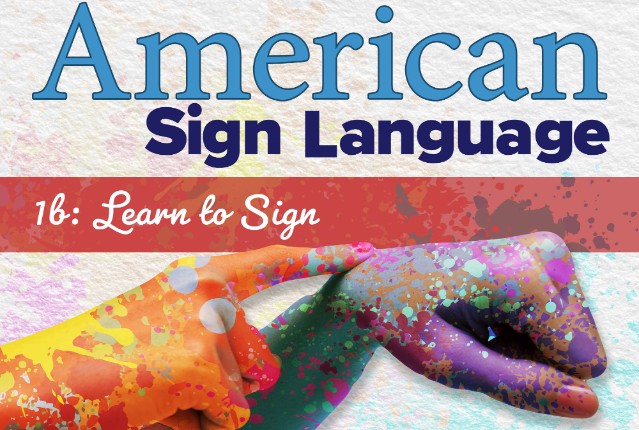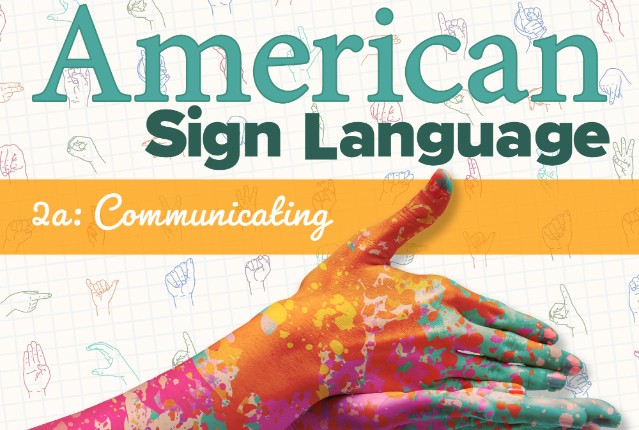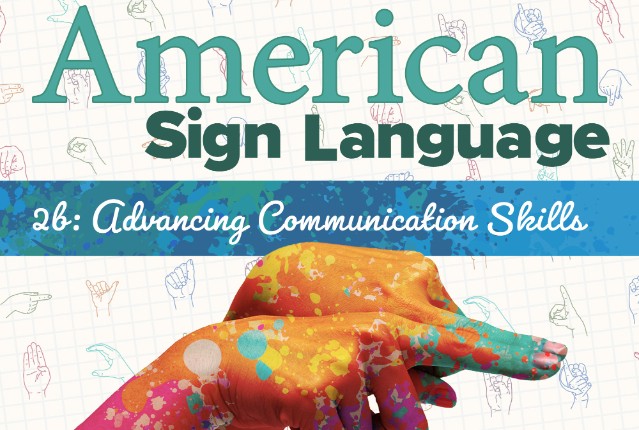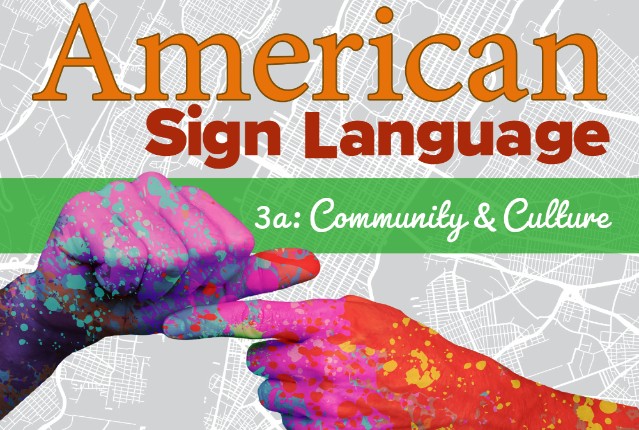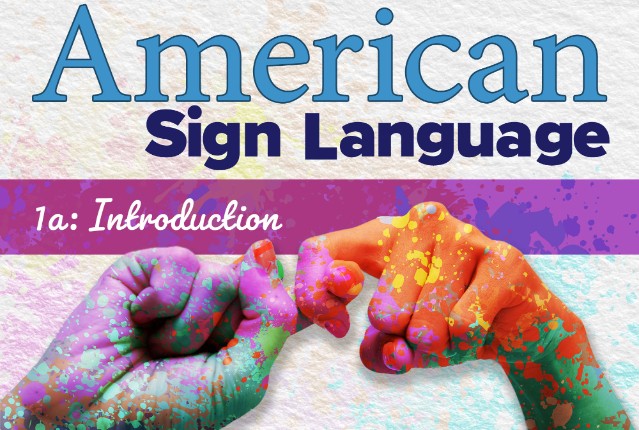
American Sign Language 1a: Introduction
Did you know that American Sign Language (ASL) is the third most commonly used language in North America? Learn introductory vocabulary and simple sentences so that you can start communicating right away. Importantly, explore Deaf culture – social beliefs, traditions, history, values, and communities influenced by deafness.
Review course outlineAccess for a year
USD 299.00*
* Choose more courses to get a discount
